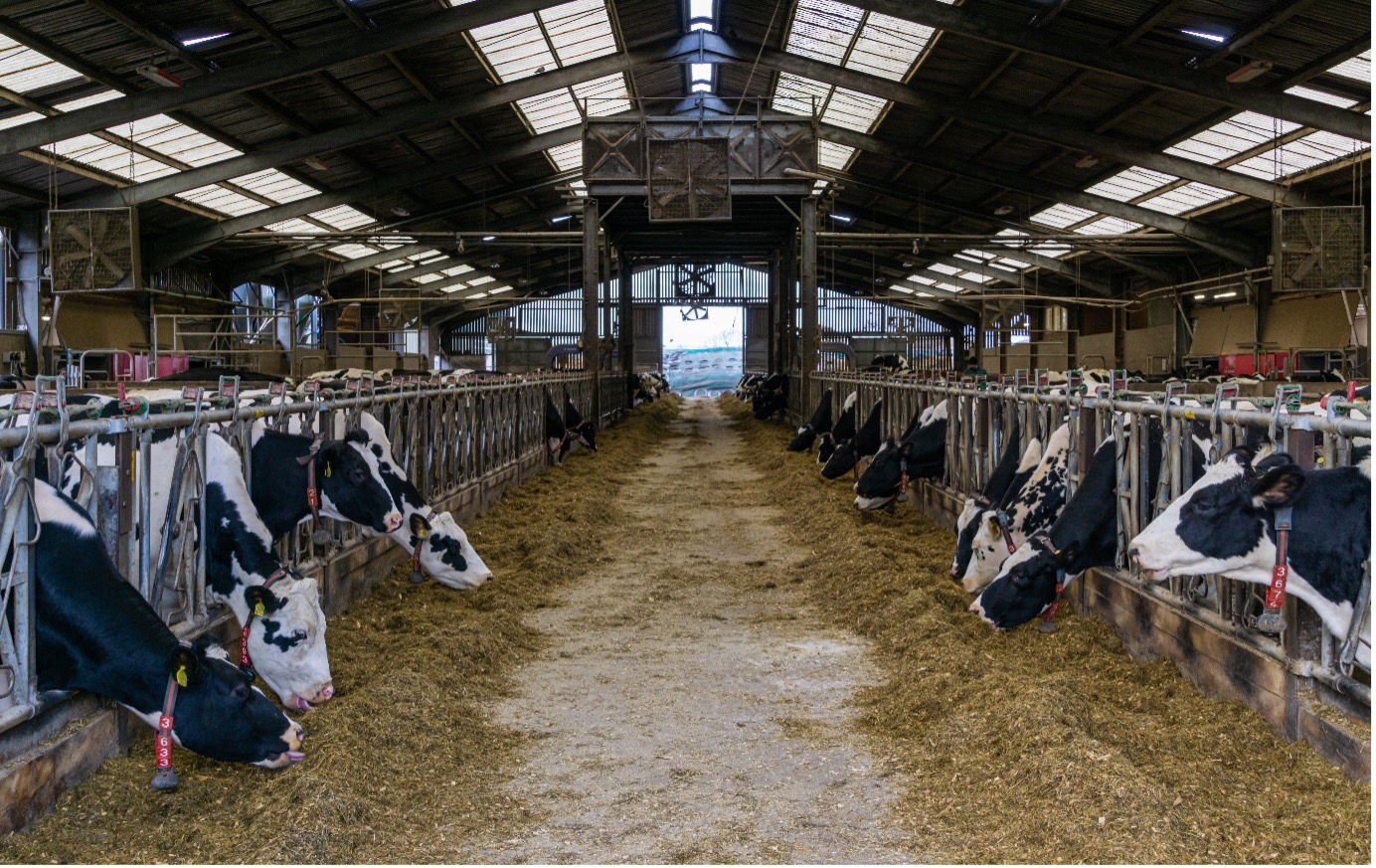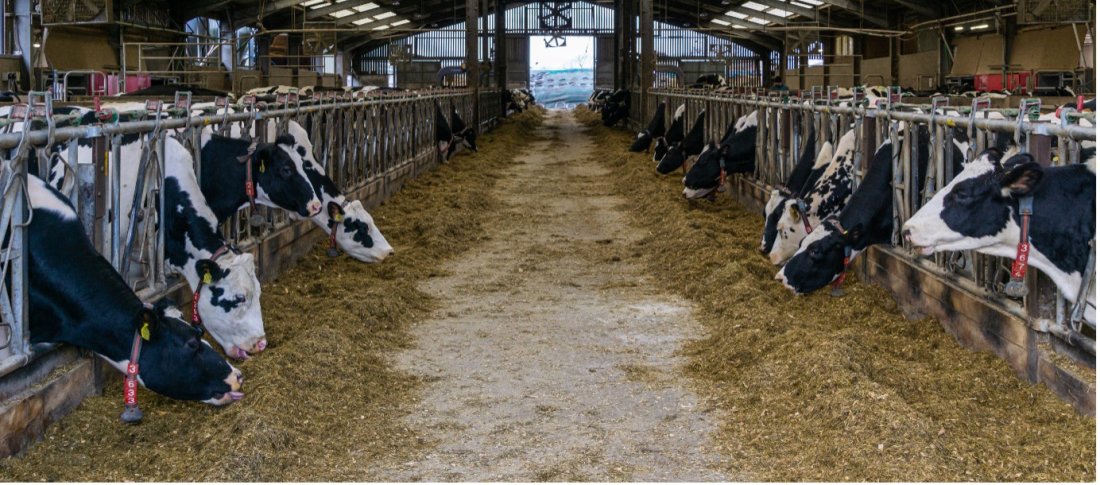As temperatures continue to increase throughout late spring and into early summer, dairy herds are already experiencing weather conditions conducive to heat stress-induced losses.
“Once temperatures tip over the 20°C (68°F) mark, lactating dairy cows are pushed out of their thermoneutral zone and additional energy is expended to regulate body temperature,” explains Dr Richard Kirkland, nutritionist for Volac Wilmar Feed Ingredients.
Breathing rate and panting increase to help lose heat, which can push the cow’s maintenance energy requirements up by as much as 25%. This is at a time when dry matter (DM) and energy intakes are decreasing.
“Similar to humans, when cows get hot, they lose their appetite and feed intakes will decrease,” explains Dr Kirkland. “Research studies with dairy cows have reported reductions in DM intake at ambient temperatures above 25°C (77°F), with feed intakes at 40°C (104°F) typically reduced by 20 to 40% compared to cows in a thermoneutral environment.”
As a consequence, cows under heat stress are generally in a state of negative energy balance.
“The combination of lower dry matter intakes and increased maintenance requirements will quickly put a cow in an energy deficit,” says Dr Kirkland.
The most immediate effect producers will notice is a drop off in milk production, with a potential fall in yield upwards of 25 to 35% under heat stress conditions. Longer term, heat stress has been shown to have significant negative impacts on fertility. According to various studies, conception rates can plummet to 10 percent for cows in hotter climates and milk yield by 35 percent, says Dr Kirkland.
Research also shows heat stress reduces immune system response and increases glucose demand to support immunity in the animal.
Fat supplementation provides energy density and reduced ruminant heat production
Mitigating heat stress requires a combination of adequate shade and ample water availability, along with other management steps to improve airflow and reduce temperatures to help keep cattle cool. In nutritional terms, one key action in mitigating heat stress is to ’cool‘ rations down with rumen-protected fat supplementation.
“Dietary fat undergoes minimal fermentation in the rumen and is used with much great efficiency than other sources of nutrients. The metabolisable energy (ME) of a product like Megalac enables high energy density diets to be formulated to help provide additional megajoules even when total DM intake is low,” explains Dr Kirkland. “Not being fermented, rumen-protected fat supplements are considered ‘cool’ ingredients, generating little heat during digestion and metabolism.” As a result, the efficiency of conversion of energy from fat to milk is around 80%, compared to 60-65% for dairy diets in general, the remainder generating heat in the animal.
Especially important during heat events when a cow is physically stressed, rumen-protected fat supplements are also more suitable to feed than cereals by not adding to the acid load in the rumen. This helps provide energy without increasing the risk of acidosis during heat stress conditions. High-C16 supplements can be used to help combat the fall in milk fat that may occur during heat stress.
Aside from increasing energy density and decreasing internal heat production with the use of rumen-protected fat supplements, Dr Kirkland also advises producers to ensure other feed ingredients within the ration are working to support the cow during this stressful period.
Good quality, highly-digestible forage should be offered to the highest yielding cows which will be under the most stress, while digestible fibre sources such as sugarbeet pulp will help maintain milk fat production,” says Dr Kirkland. “Poor quality forage should be avoided as it requires a lot more work by the animal to chew and digest – generating greater internal heat production.”

Heat stress decreases DM intakes while increasing maintenance requirements. Feeding an energy-dense nutrient like rumen-protected fats will boost energy supply while supporting rumen function.
